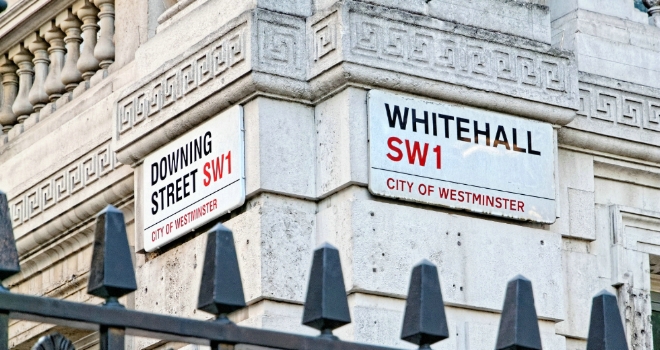
"About 20 years ago green open spaces were the last thing that would be considered on a new development but now they are the first."
The FTSE 250 listed housebuilder has outlined recommendations for both the industry and government to spearhead when it comes to the creation of thriving communities. These include collaboration between housebuilders to create a social value calculator that can be used to measure and report on social value; as well as developing an industry-wide approach to post-occupancy evaluation studies.
The report also calls on local government to set specific social value goals in relation to housebuilding and for housebuilders to become subject to the Social Value Act 2012. Currently this is only relevant to public sector bodies but Redrow believes it ought to also apply to private entities building new housing developments, to safeguard the economic, social and environmental well-being of the communities they will inhabit.
For the first time Redrow has asked people across the UK what features are most important for creating thriving communities (access to doctor’s surgeries, high-speed broadband and green open spaces come out on top).
The features identified by the respondents will help inform Redrow’s placemaking design principles which are currently being refined. The company is also keen to see placekeeping gain as much prominence as placemaking.
Rob Macdiarmid, Group Sustainability Director at Redrow, comments on the report: “As a housebuilding industry some of us have come a long way. About 20 years ago green open spaces were the last thing that would be considered on a new development but now they are the first. For us community is all about placemaking – not just high quality bricks and mortar but places people are proud to live in and have a real social attachment to.
More can be done to help create socially sustainable communities and the effort needs to come from both the Government and the industry; together we must get better at setting social value goals and measuring our performance. Housebuilders also need to give more consideration to the lasting legacy of a new housing development and the effect it continues to have over time. Post-occupancy studies are crucial to assessing the impact of a place on its people and the housebuilding industry must unite in its approach to these crucial studies.”
John Tutte, Chief Executive, Redrow, said: “Our recommendations are a blueprint for government and the housebuilding industry to follow when delivering bricks and mortar which form new communities. It is an important task that starts with building beautiful homes that people feel proud of, but should be extended further to really help people develop a sense of social connection and attachment to an area.
The key to this is placemaking: focusing on the supporting infrastructure and amenities that link together a collection of homes in the same geographic location. Forward thinking housebuilders are in an ideal position to take this process to the next level, working with local authorities and gathering evidence on what works from current and past communities.”
Redrow’s recommendations for fostering socially sustainable communities:
Give the community choice: Identify and work with people who have a strong sense of citizenship and a desire to improve and regenerate their communities. These people can provide leadership and imagination which can galvanise the community to collectively work towards achieving positive social, economic and environmental outcomes.
Set local social value goals and report on progress: Local government should set specific social value objectives and work with housebuilders to establish processes for their achievement. Housebuilders should also collaborate with industry bodies like the HBF to create a social value calculator that can be used to measure the agreed social value goals. We should develop an industry-wide approach to post-occupancy studies.
Create attractive, social and healthy places to live: The planning system needs to be reformed to promote transparency, bring sites to market more quickly and to enable much needed communities to prosper and grow. Homes should be interconnected with places and spaces where people and families can play, exercise, interact with nature and socialise.
Welcome and orientate new people to the community: Make people feel welcome by providing guidance and support when they move – this could include the use of social media platforms such as Whatsapp, Streetlife.com and Facebook. Social interaction is important in the context of feeling attached to a place. As such we should look to establish a process where community events can be run on regular basis.
Collaborate to achieve cohesion: Placekeeping is just as important as placemaking. Partnerships and collaboration should be developed so communal places and facilities can be enjoyed now and in the future.





